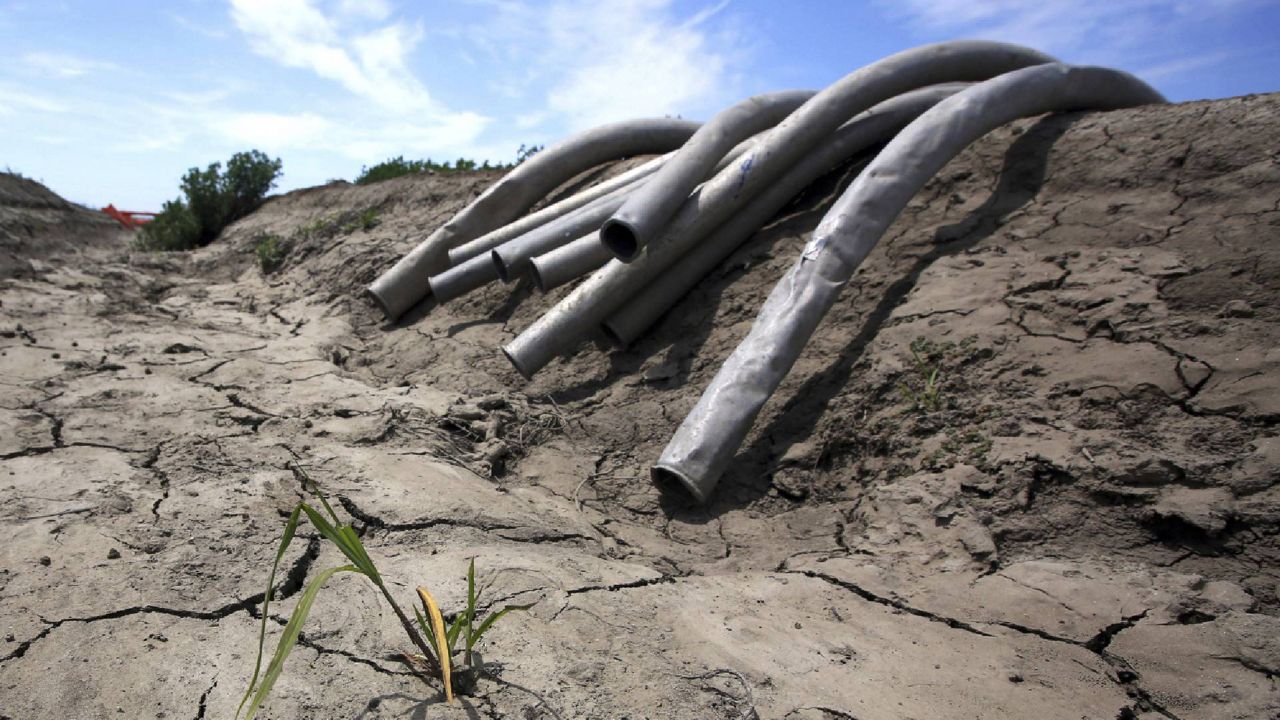Millions of Americans’ drinking water contains potentially-dangerous chemicals, the Environmental Working Group (EWG) found in their newly-updated tap water database, including substances like arsenic, lead and a group known as “forever chemicals,” all of which are associated with serious health conditions, most commonly cancer.
The environmental monitoring nonprofit released the newest version of its database on Wednesday in an effort to call attention to “widespread contamination” of drinking water and the need for federal regulators to do more to clear chemicals from people’s taps.
EWG’s database tool pulled from millions of state water records in U.S. states and the District of Columbia, and Americans can look up their zip code to see which pollutants exist in their water and in what amount.
The majority of water utilities around the country meet federal health standards, according to the database, but the EWG says those standards are outdated and not enough to prevent the risk of things like cancer, especially when several different contaminants are combined.
“Finding out what's in your drinking water – that's the first step,” said Dr. Tasha Stoiber, a senior scientist at the EWG.
“We should start looking at them as a group,” she explained. “What would be that cumulative cancer risk, you know, in one cup of water?”
The EWG has its own recommended water standards that are much more strict than the Environmental Protection Agency’s.
A home in Austin, Texas, for example, could have 42 times the amount of chloroform in its tap water than the EWG advises for health reasons. The EPA does not specifically regulate chloroform, which puts people at risk of cancer, as do many of the other contaminants.
The EPA has not added a new pollutant to its water regulation list since 2000, which is how the agency enforces water standards around the country.
“Safe, reliable drinking water is foundational to the health and opportunity of communities across the country,” a spokesperson for the EPA told Spectrum News, pointing to regulations being drafted for the coming years and the agency’s regular monitoring of unregulated chemicals.
Now, the Biden administration is working to add at least two groups of “forever chemicals” – or PFAS – to the regulated list, a rule that is expected in 2023.
PFAS are pollutants that come from things like microwave popcorn, food containers and nonstick coating for pots and pans, and even low levels of the chemicals are linked to cancer, immune suppression and decreased fertility, among other health effects.
“These chemicals were designed to be water-resistant, grease-proof, stain-proofing things,” Dr. Stoiber said. “Those same properties make them really, really stable and really difficult to break down once they’re in the environment.”
The EPA this year also launched a new roadmap to combat PFAS pollution, and EPA Administrator Michael Regan unveiled the new strategy in North Carolina last month.
But new water regulations inherently take time. The EPA compiles lists of “contaminant candidates” every few years, with the most recent in July, but they take months to finalize, and the agency reviews its water regulations only every six years.
“A lot of the latest science that points to health harms — we're not keeping pace with regulations and even with monitoring,” Dr. Stoiber said.
Improving drinking water is bipartisan: the Senate passed a $35 billion clean water infrastructure bill in April, though it hasn’t gotten a House vote, and the Bipartisan Infrastructure Framework stalled in Congress includes $55 billion for clean water, including by getting rid of lead pipes around the country.
President Joe Biden has repeatedly pointed to that part of the deal.
“Look, we're going to create jobs – replacing lead water pipes so families can drink clean water,” he said at a New Jersey transit facility last month on a visit to promote his spending plan.
For now, experts say people should first get informed about their drinking water and then use a filter when possible to reduce exposure.
“People can use this information to start a conversation with their elected officials and to really push for better drinking water in their community,” Dr. Stoiber said. “We can do better. And it shouldn't matter where you live.”



